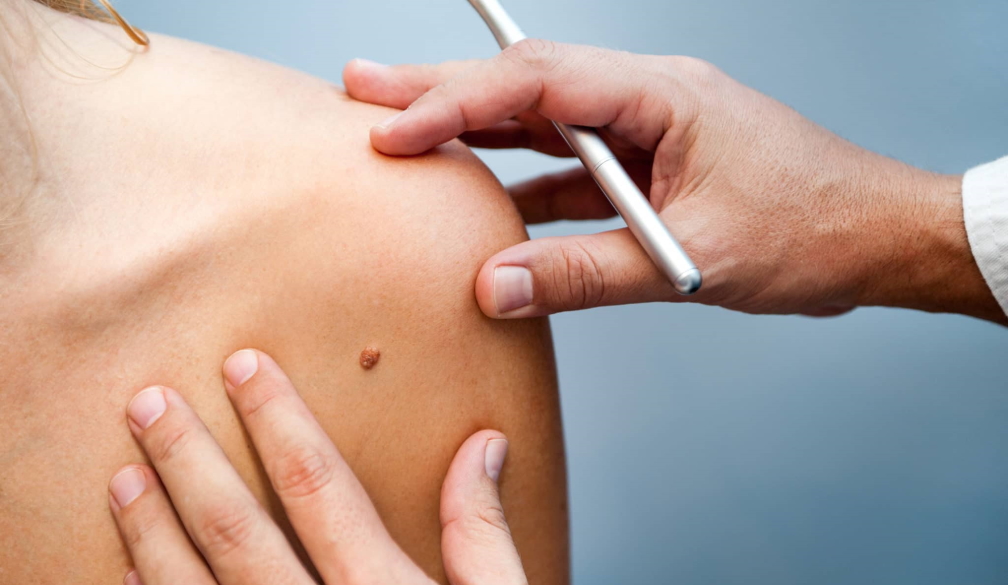Most Effective Clinical Treatments for Keloid Scars

Where there was a previous wound, a keloid scar is a thick, elevated wound. Although it doesn't affect your physical health, it can nevertheless be emotionally upsetting. This discomfort is brought on by the accompanying itching and discomfort. It typically develops on the earlobes, shoulder, cheeks, or chest, though if you are predisposed to developing keloids, it may spread to other locations as well.
Within months to years following an injury, keloid scars can develop. dependent on the initial incision or insult, forming as a thick, uneven lump or scarring that is shiny and hairless.
However, depending on skin tone, keloid growth first appears crimson, purple, or brownish and can have a range of textures, from soft to hard to rubbery. Additionally, there is a significant itching symptom.
This growth is the result of improper wound healing. Oversecretion of collagen is how this problem is described (the protein secreted by the body and used for wound healing). Are these keloids contagious and infectious growths? No, they are not, although keloids can form after a cut heals because injuries can happen to anyone.
People with colourful skin are more likely to develop keloids, according to studies. The same is true for those who are younger than thirty or have a family history of keloids. Well, this post will go through various possibilities for treating this illness. Continue reading to learn more.
Treatment of Keloids
A biopsy must be conducted to check for any signs of malignancy, but a doctor can immediately determine if you have keloids by looking at them. Any of the following procedures, alone or in combination, can be used to treat keloids. The following are some of the top keloids treatments:
-
Wound care: This technique entails putting pressure on a wound as it mends. The pressure prevents any growth from starting until the wound has healed.
-
Surgical removal: As the name suggests, any growth on the skin is removed using surgical techniques. This technique has been demonstrated to completely remove keloids.
-
Radiation treatment: The keloids' scar tissues are reduced or shrunk using low-level, high-energy radiation beams like X-rays. One might, however, require repeated therapy.
-
Freezing: To lessen or get rid of the keloid, liquid nitrogen is applied to the affected area. To eradicate all traces of keloids, the therapy must be repeated.
-
Corticosteroid cream: By using a corticosteroid cream with a recommended strength to assist relieve itching, keloids are treated in this way.
-
Laser therapy: Pulsed dye laser therapy is used to treat keloids in order to diminish or flatten them. It is given over a period of 4 to 8 weeks in a number of sessions.
-
Injected medicine: In order to diminish the thickness of the keloids, cortisone or other steroids are injected into the affected area in this method of treating smaller keloids.
Conclusion
The best approach to stop Keloids from recurring is to take action to stop them from developing since they can still return despite treatment. These precautions entail using a compression bandage on any open wounds, administering corticosteroid cream, and moisturising the area with Vaseline or another ointment.
Skin clinic’s such as Skin Clinic Robina, provide effective clinical treatment solutions to help reduce the appearance of all forms of scarring, including acne scar treatment and keloid scar treatment.


